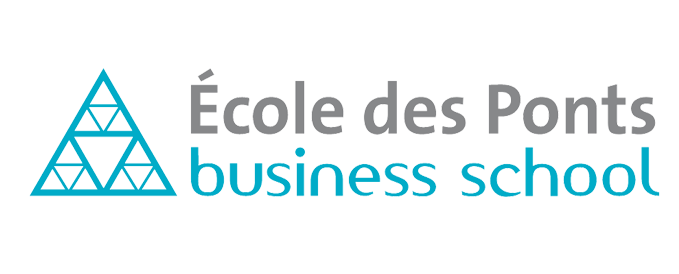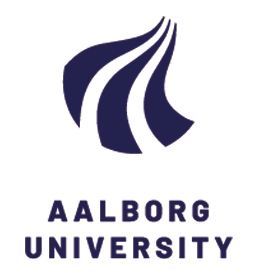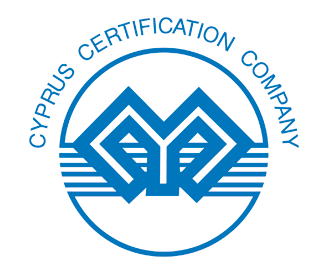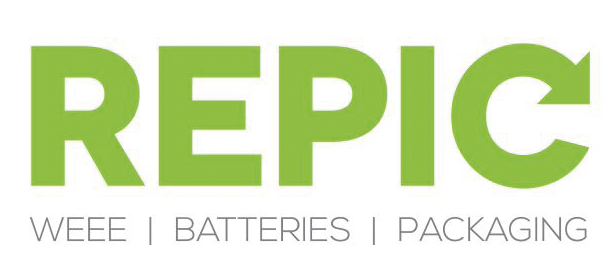WHAT ARE WE DOING?
- Investigating Market and Resilience Needs: we identified the competencies and skills required to address the challenges of the CE transition and meet resilience needs.
- Reviewing Existing Vocational Educational Training (VET) and Higher Education (HE) Training in CE: We aim to evaluate the existing VET and HE programs related to CE.
- Providing Insights: Our aim is to offer accessible insights to inform the competence development of HE/VET/Market stakeholders and promote the field of CE education.
Through collaboration with both industrial and civil society partners, CERES directly engages with stakeholders in strategic sectors, including e-waste, textile, and windmill industries, with the goal of identifying market needs in terms of required professional roles, skills, and competences.
The focus of CERES is on the European area, specifically in Denmark, Italy, France, Bulgaria, and the UK.
Conversely, through cooperation with educational partners, CERES investigates the supply side by mapping existing CE teaching and training opportunities. The resulting analysis helps identify potential gaps between current CE teaching courses and market demands.
Research Methodology
- literature review
- market analysis
- surveys
- interviews
- cooperative approach
- skills and competencies mapping
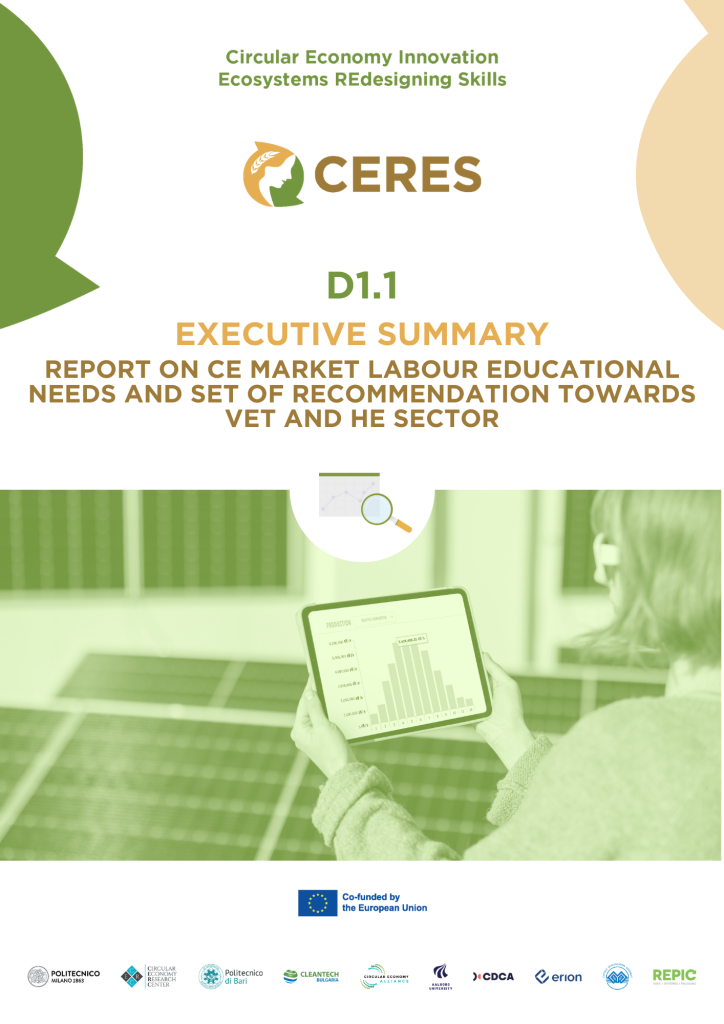
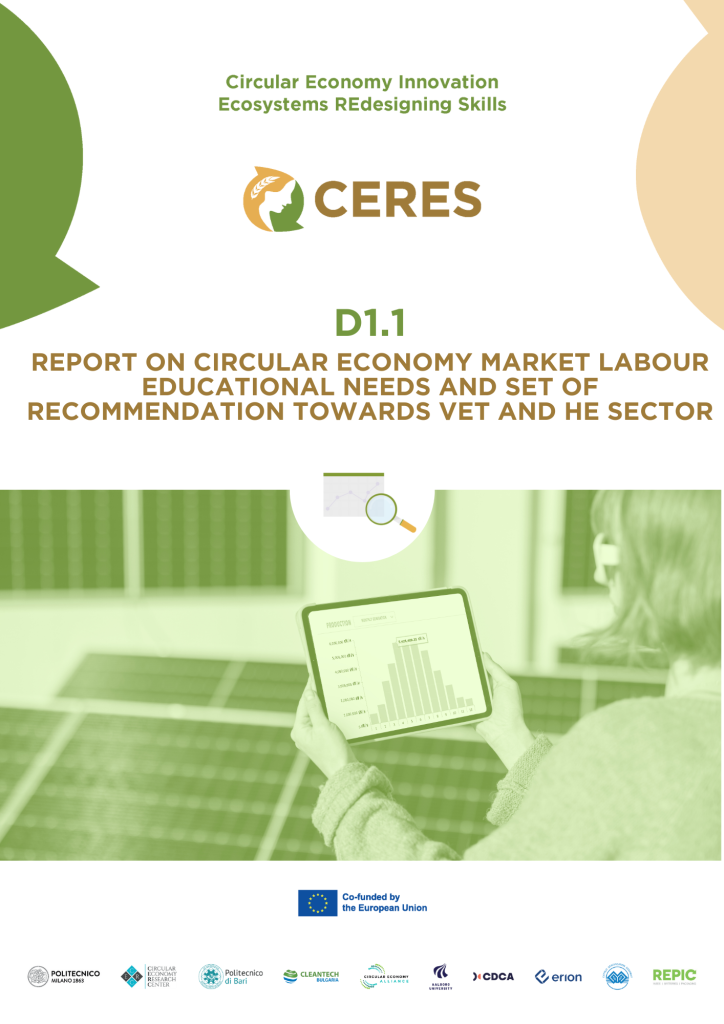
HOw are we achieving our objectives
Throughout the CERES project, we’re actively working to update and improve circular economy training, ensuring it aligns with the latest industry needs.
Our approach follows key actions for each of the four steps:
- Assessing the Gap
We begin by identifying the gap between existing curricula and the skills required by the market. This is done through surveys, interviews, and market analysis to pinpoint critical skills for circular economy professionals. - Developing Updated Curricula
With our research findings, HE and VET partner institutions worked hard to updated curricula that reflect market demands and equip learners with the skills needed for the circular economy. - Implementing the Curricula
The updated curricula are implemented through pilot programs, online platforms, and workshops, making them accessible to students and professionals across various sectors. - Building the CE-DIH Platform
To support learning and collaboration, we’re creating the CE-DIH—an online hub for learning materials, networking, and real-world circular economy applications.
Learn More About CERES’ Key Actions for Circular Economy Education
Needs analysis
Assessing the gap between Market Needs new competencies and skills and existing CE curriculum training offer.

Training curricula
Developing updated High Education (HE) and Vocational Education Training (VET) curricula.

Circular Hub
Developing innovative curricula for Higher Education (HE) and Vocational Education Training (VET) towards the digital and circular economy transition.




